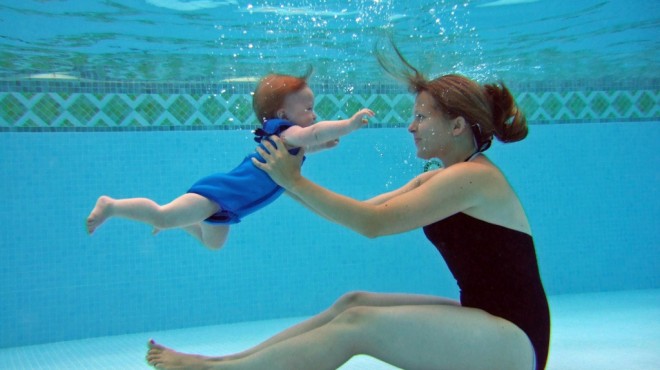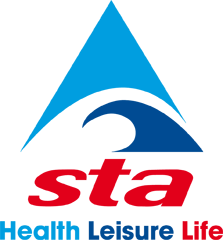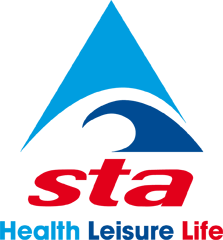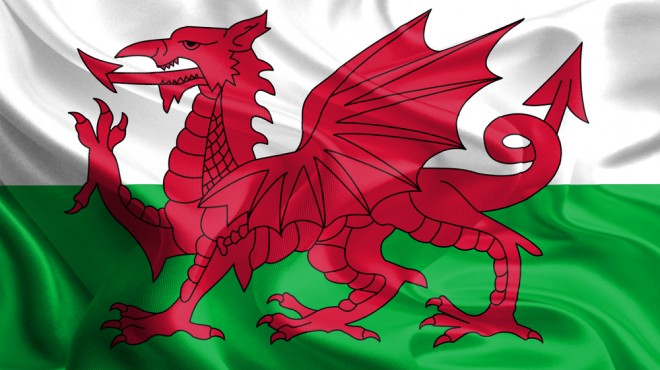Baby Swimming in Salt Water Pools

STA’s swimming and pool plant technical teams have come together to provide the following guidance for baby swimming in salt water pools.
What do we know about salt water pools?
The term ‘salt water pool’ covers a variety of different designs and also includes methods for the disinfection of swimming pool water.
Salt as we know it is sodium chloride; this can be utilised to form disinfectant properties in the form of sodium hypochlorite within the water in order to destroy potentially harmful microorganisms in the swimming pool water.
Inline salt generator
Through an electrolysis process salt can be used to generate a (sodium hypochlorite) chlorine-based disinfectant. There are many methods of doing this, commonly salt generation where the electrolysis locally produces a weak solution of sodium hypochlorite, remember standard solution sodium hypochlorite is used to disinfect over 50% of the pools in the UK. This method utilises sodium hypochlorite generated from a separate tank in the plant room.
High level salt pools including seawater
Another method maintains higher levels of salt within the pool volume and sodium hypochlorite is generated when pool water is passed through an electrolyser. Both utilise the same electrolysis process but as described have radically different methods whereby the levels of salt in the water are vastly different.
The effect of salt on kidney development
STA recently released an article detailing that a baby’s kidneys under the age of 12 months can have problems in handling high levels of salt, and in particular sodium. We all need a certain amount of salt, however too much can have detrimental effects. The NHS therefore sets maximum limits on the daily intake of salt and sodium for babies under 12 months, these levels are currently 1g of salt per day (less than 0.4g sodium).
The effects salt has on baby swimming
With an inline salt generator, this pool may have a certain amount of salt including sodium within the pool, depending on the system used for disinfection of pool water. The maximum average content a salt chlorinator will aim to produce is around 4,000 ppm (mg/l). Therefore in order for a baby less than 12 months to exceed their safe daily salt allowance they would need to consume a large amount of water.
STA would therefore recommend vigilance in ensuring there is not excessive intake of pool water but will not insist on a restriction to swimming in these types of premises.
- Categories
- Pool Plant, Swimming Teaching



